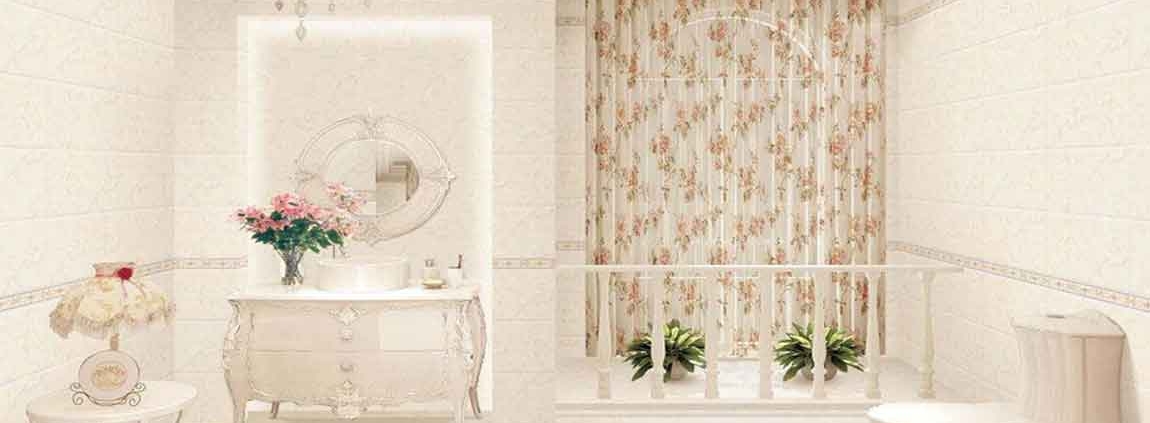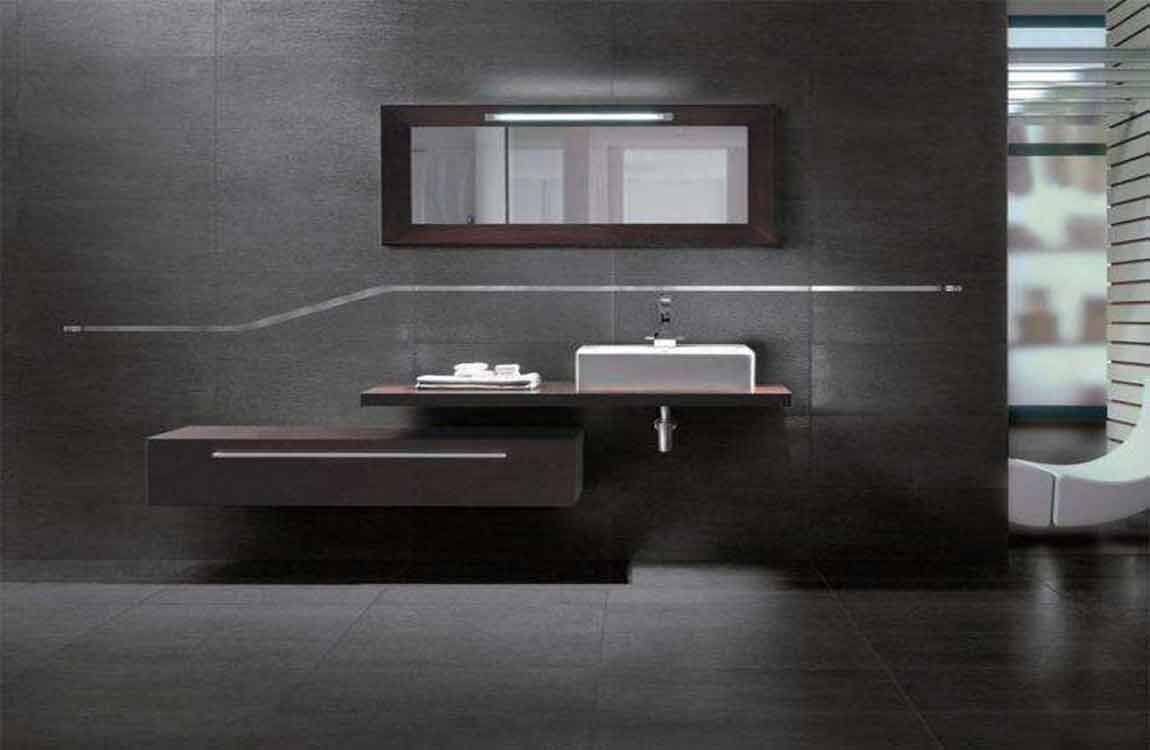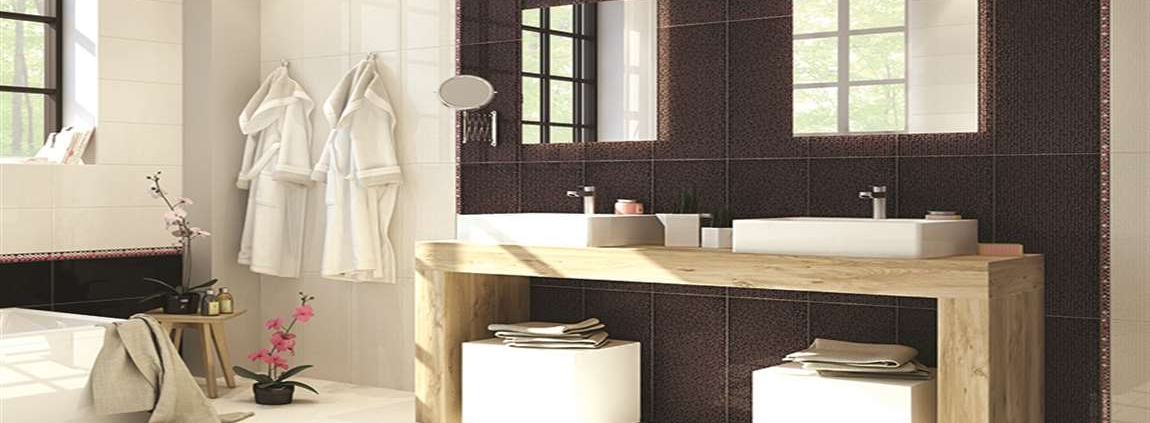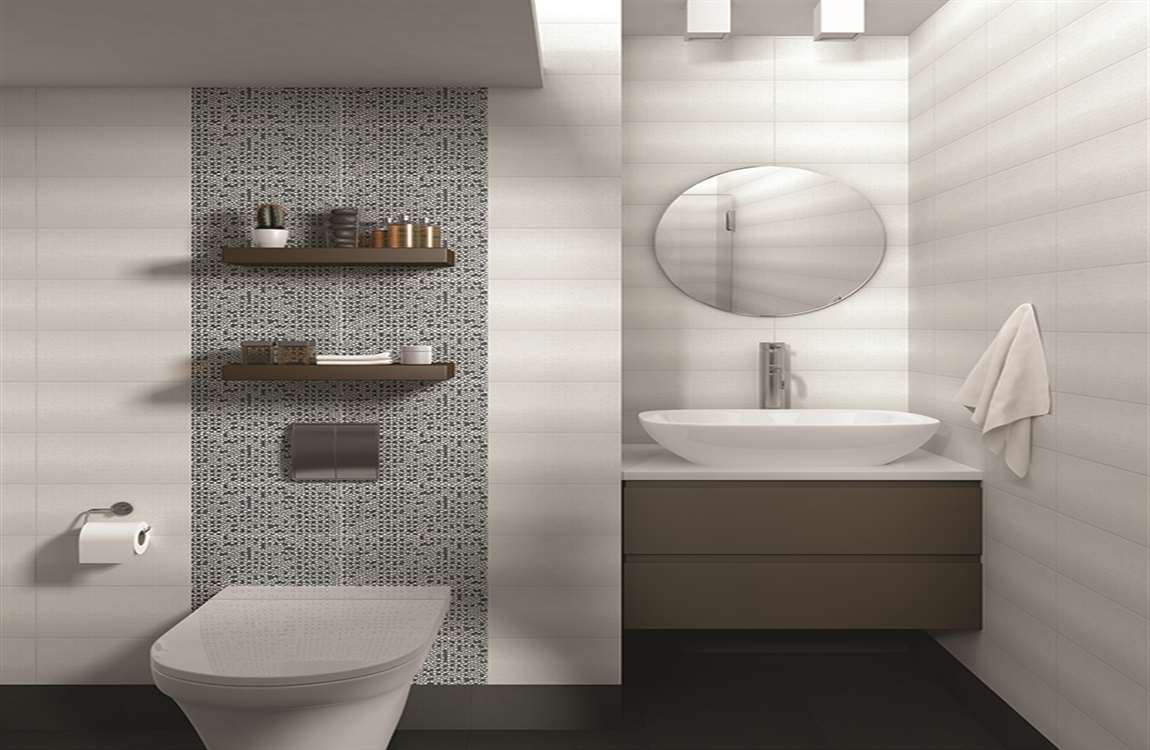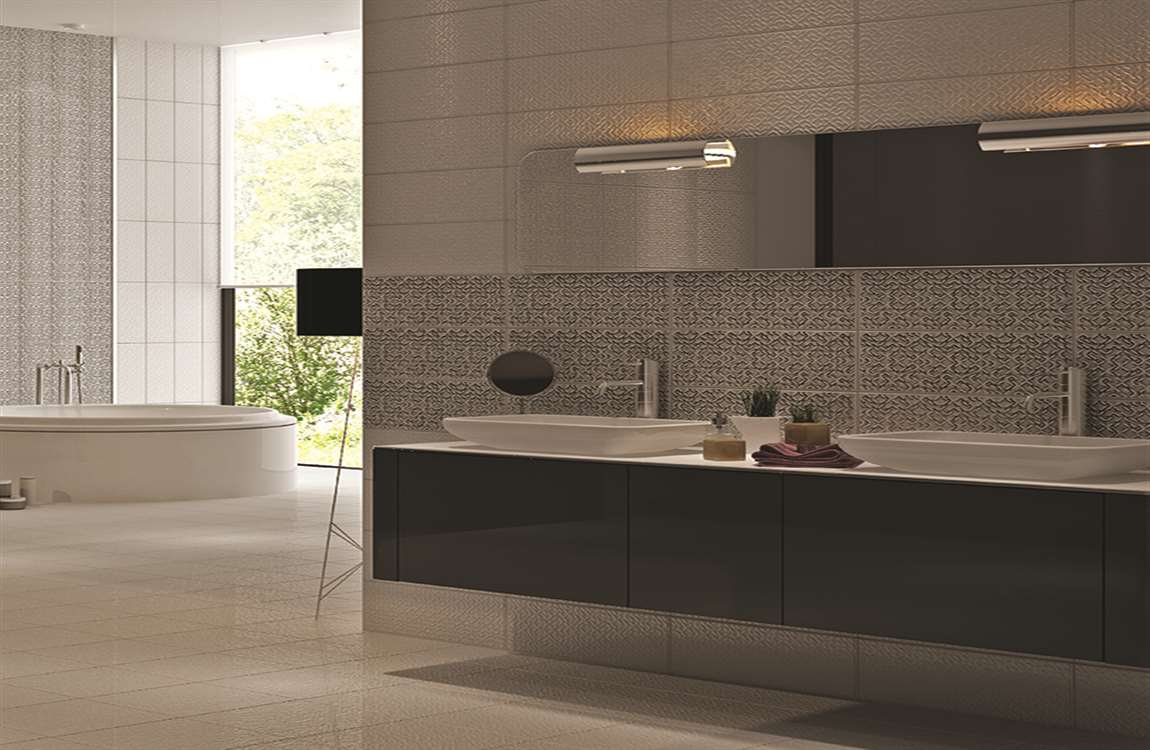The Knowledge of Bathroom Caulk
Let this solution dry fully before applying the new caulk. Leaving it overnight and keeping it well-ventilated is best. Get rid of any small ridges left by the tape by smoothing the caulk again. Use a damp paper towel or lint-free rag again to smooth over the caulk. This will ensure that the whole caulk edging is seamless.
Focus particularly on areas where 2 pieces of tape met, and these leave a small ridge. Let the caulk dry for at least 48 hours before using the tub. The specific amount of time that it will take for the caulk to dry will be listed on the instructions on the caulk tube. Keep the area well ventilated and dry as the caulk cures.
You will be able to tell when the caulk is dry because the consistency will change to look firm rather than wet, and it will be completely dry to touch. Let the cleaner sit for 5-10 minutes. After a few minutes, the dingy messes that have built up on the surface of your acrylic shower will begin to dissolve. This will allow you to wipe them away with ease.
If you’re dealing with particularly heavy soap scum or stains, it may help to reapply the cleaner once or twice. Use this time to take care of any other cleaning tasks you need to complete, like detailing the faucet or shower head.
Rinse and wipe out the shower. Turn on the shower head and direct the flow of water over the areas of the acrylic you just sprayed. Wash away as much liquefied grime and cleaning solution as you can. Once you’ve given the shower a preliminary rinse, go over the acrylic using a soft microfiber towel or sponge to remove any remaining residue. For stubborn residue, use an old toothbrush to scrub it away.

